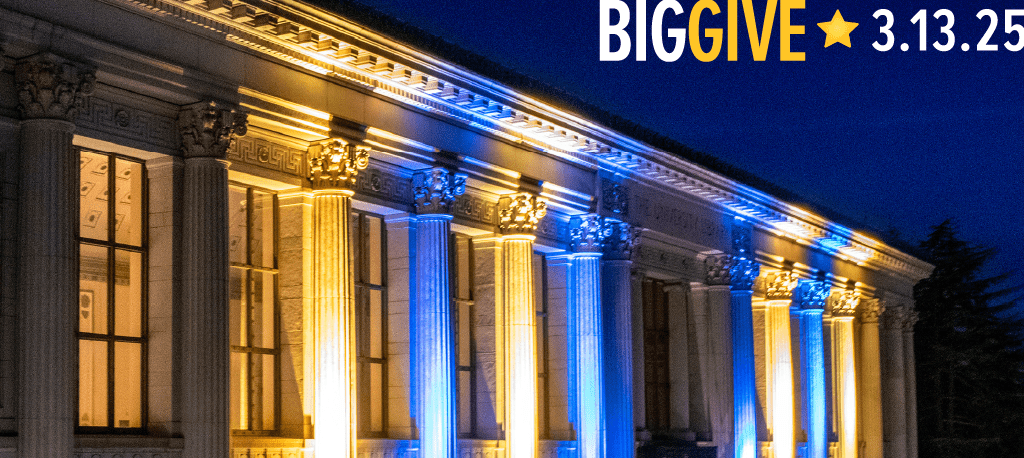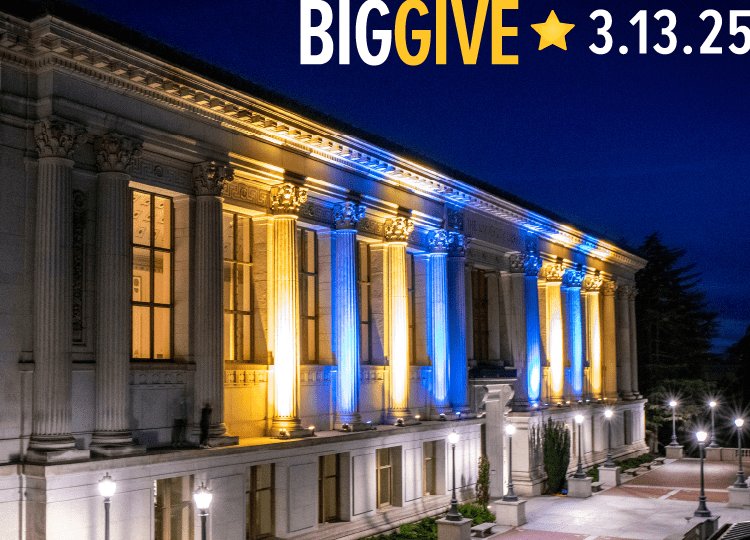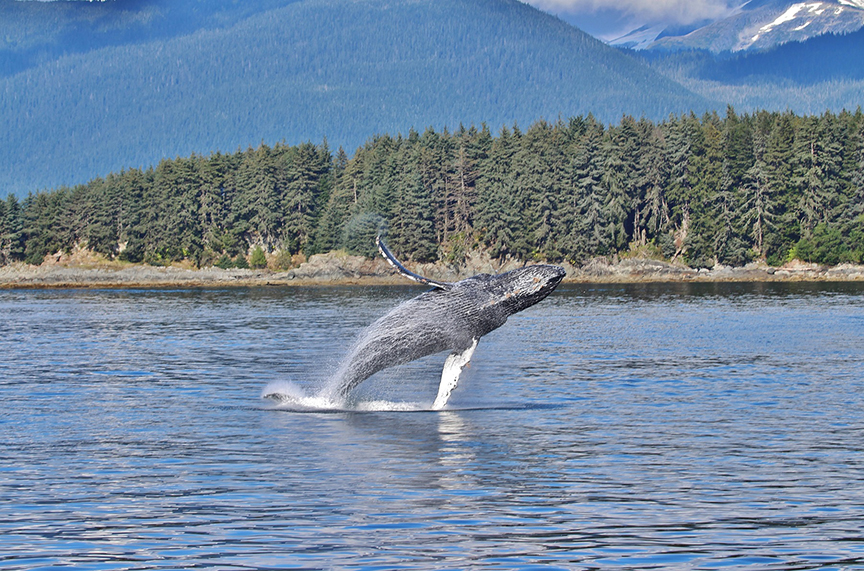Science & Tech

I, Naturalist
By Nathalia AlcantaraHow a Berkeley-born app has led to one of the largest biodiversity datasets on Earth

May the Best Bot Win
By Nathalia AlcantaraStarted as student side project, Chatbot Arena is now the AI industry’s scoreboard—and a $100 million startup

More Things You’ll Never Believe Came from Berkeley
By Esther OhOkay, maybe you will, but we still think it’s a fun list

Biology Gets ChatGPT for DNA
By Pat JosephThe tool could have immediate applications for health care

Squirrels Inspire Giant Leap for Robots
By Pat JosephBerkeley’s jumping robot can now land like “nature’s best athlete.”

Novel Material Captures Carbon from Thin Air
By Pat JosephMeet COF-999, a Berkeley-borne substance that could change how we fight global warming.
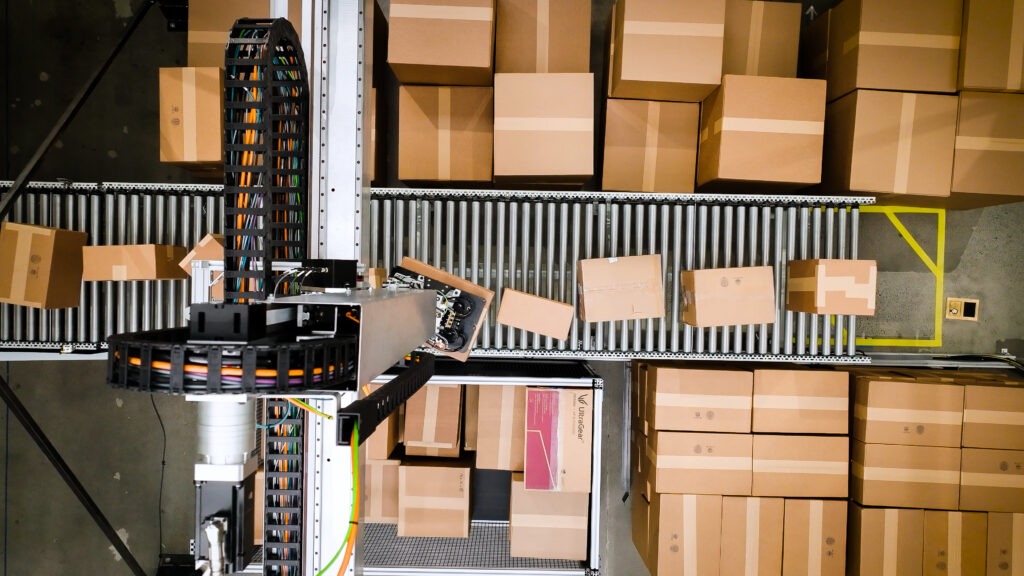
The Edge Episode 28: Robots with Jeff Mahler
What's easy for humans is hard for robots, and vice versa. The co-founder of Ambi Robotics talks to us about the current state of embodied AI and how soon—if ever—we might see a full robot revolution.

Data Is Fueling the AI Revolution. What Happens When It Runs Out?
By Aaron MokExperts warn that the internet may not be big enough to sustain AI innovation
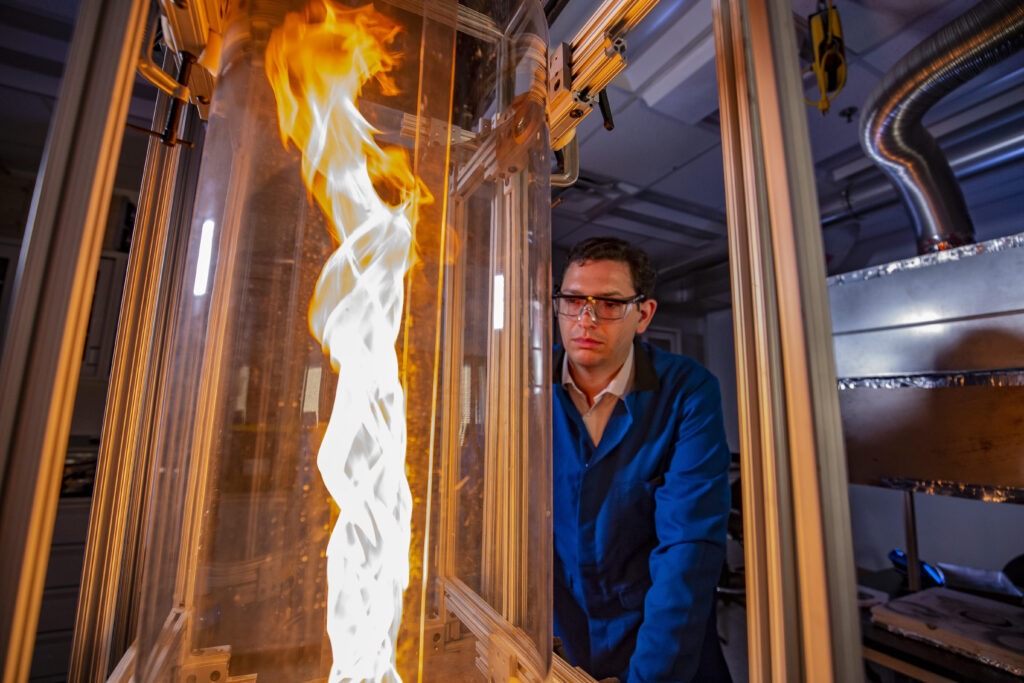
Q&A: Is Berkeley Next?
By Jesse KleinWildfire scientist Michael Gollner on protecting the East Bay from disaster

High-Protein Nobels
By Coby McDonald, M.J. ’17List of Cal-connected laureates grows by four

A Lens on the Mysteries of the Universe
By Brad BalukjianA new gravitational lens sheds light on dark matter.

Mussels Inspire New Surgical Glue
By Brad BalukjianSuperglue can save lives.


